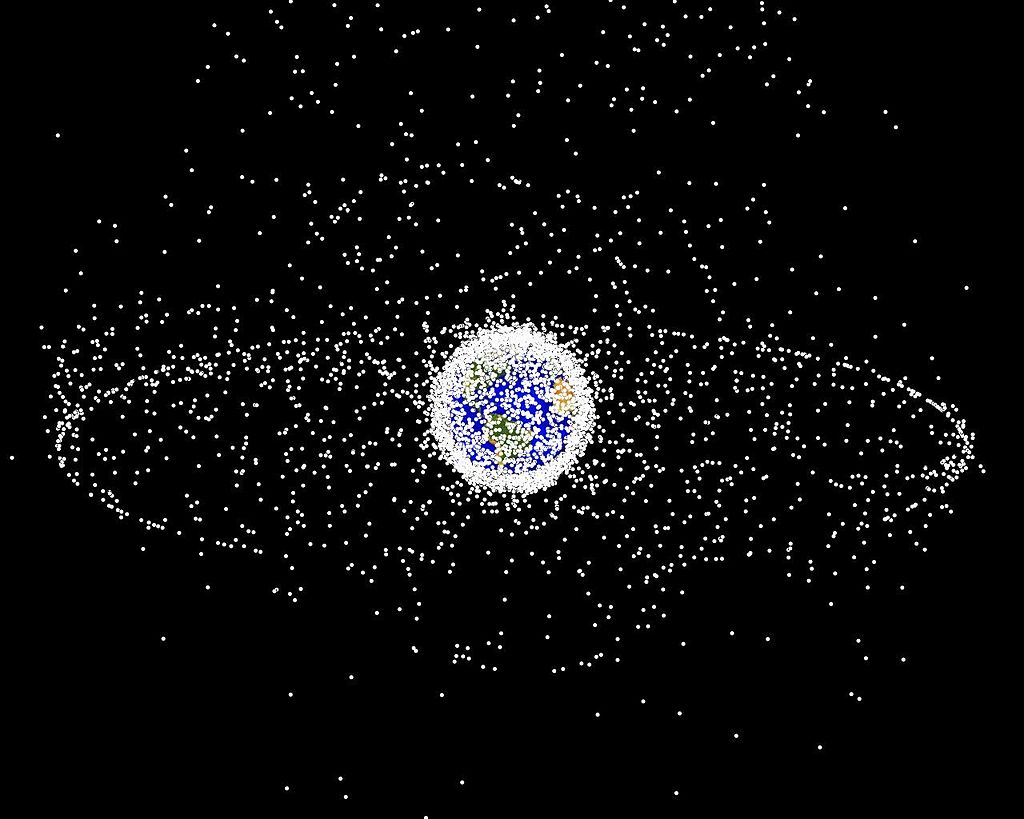New ‘Space Fence’ Will Track Orbital Clutter

The U.S. is building a new and improved ‘space fence’ to replace the one it abandoned in 2013 during the government’s controversial sequestration phase. The so-called space fence is actually a specialized radar facility designed to detect and track objects as small as a few centimeters in diameter that are orbiting the earth at altitudes up to 2,000+ kilometers.
The first space fence (originally known as NAVSPASUR, for Naval Space Surveillance) consisted of a network of 3 transmitting and 6 receiving stations spread across the southern U.S. from Georgia to California, roughly along the 33° latitude line. NAVSPASUR became known as the Air Force Space Surveillance System when control was passed from Navy to Air Force in 2004. The system’s high powered transmitters operated at 216.980 MHz, just above TV channel 13’s broadcast frequency, and the radar signals could be monitored with readily available communications equipment by anyone within range.
Its upwardly-directed radar beams provided an excellent signal source for hobbyists to utilize in their meteor observations, and decommissioning the first space fence left many U.S. radio meteor enthusiasts with few and much less optimal alternatives. (A similar satellite tracking system known as GRAVES is based in France and operates at 143.050 MHz, providing a convenient meteor detection signal across much of Europe.)
The new U.S. facility is slated to be operational by 2018, according to its developers at Lockheed-Martin. It is being built in the Marshall Islands, about halfway between Hawaii and Australia – the same general area that a Boeing 777 airliner, designated as Oceanic Flight 815, was lost on September 22, 2004. This remote location, and the fact that the new space fence will be operating at microwave frequencies, means it won’t be useful for amateur meteor observation, but it may help protect the world’s vast array of orbiting satellites from destructive collisions with an even vaster array of orbiting satellite debris, as well as from future threats by potential anti-satellite satellites.
Click here for more info from the Lockheed-Martin webpage.
